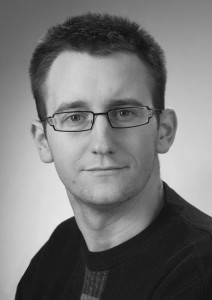
Ungdomsalder er en periode i livet der de fleste opplever utfordringer knyttet til regulering av følelser og atferd. I denne aldersgruppen er det derfor ofte spesielt vanskelig å skille mellom normale reaksjoner og reaksjoner som gir grunn til bekymring og innsats fra hjelpeapparatet. Også når ungdommer forteller om alvorlige problem kan det være vanskelig å definere disse innenfor en gitt diagnostisk kategori.
Overlapp og kjønnsforskjeller i ungdoms rapportering av emosjonelle og atferdsmessige problem ble nylig undersøkt i en studie av deltakere i ung@hordaland studien (n = 9614). Her svarte mer enn ni tusen ungdommer på alle spørsmål som inngår i et spørreskjema som kartlegger depressive plager (kortformen av Mood and Feelings Questionnaire – sMFQ) og symptomer på ADHD (Adult ADHD Self-Report Scale – ASRS). Alvorlighetsgrad av depresjon ble målt ved en totalskåre på sMFQ, og denne ble klart påvirket av hvert ekstra ADHD symptom som ungdommen rapporterte. Høy sMFQ skåre (≤ 90%) ble brukt som tegn på depresjon. Blant disse rapporterte ~ 20% et såpass høyt antall ADHD symptom at det var grunn til å tro at de også tilfredstilte denne diagnosen. Selv om jentene rapporterte høyere skårer enn guttene på begge spørreskjemaene, viste guttene like omfattende ADHD relaterte problem som jentene hvis de samtidig viste tegn på depresjon.
Studien gir sterke argumenter for et bredt perspektiv på mental helse ved kartlegging av emosjonelle og atferdsmessige problemer hos ungdommer. Videre understreker omfanget av de problemer som rapporteres betydningen av forebyggende arbeid, både for å minske det stigma som fremdeles er forbundet med psykiske plager, og for å tidlig oppdage og behandle de som trenger det. Mange tidligere studier har vist oss at tidlig innsats er avgjørende for å hindre mer omfattende problemer i voksen alder.
Lundervold, AJ, Hinshaw, SP, Sørensen, L, Posserud, M. (2016). Co-occurring symptoms of attention deficit hyperactivity disorder (ADHD) in a population-based sample of adolescents screened for depression. BMC Psychiatry, 2016 Feb 25;16(1):46. doi: 10.1186/s12888-016-0739-3.
Astri Lundervold, professor og spesialist i klinisk nevropsykologi.








